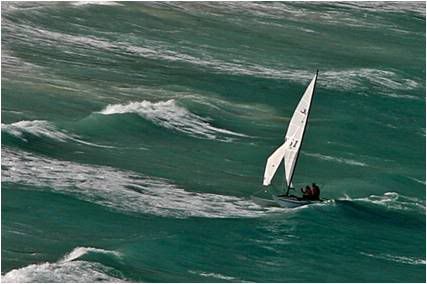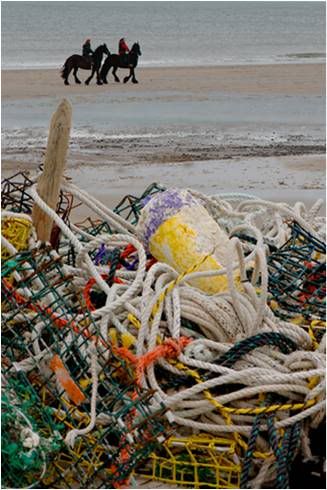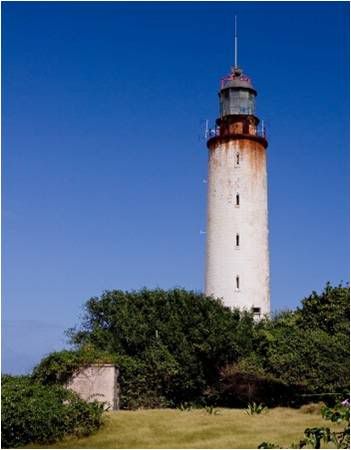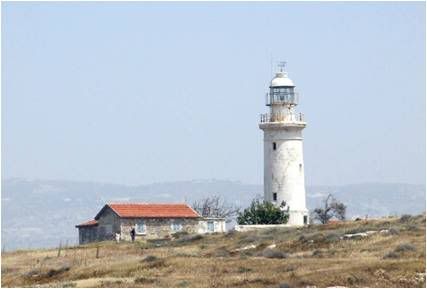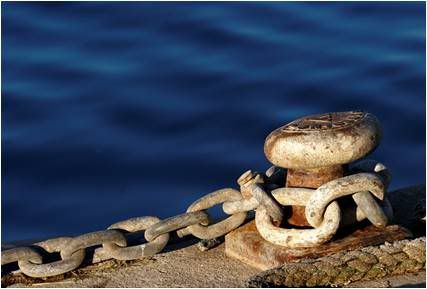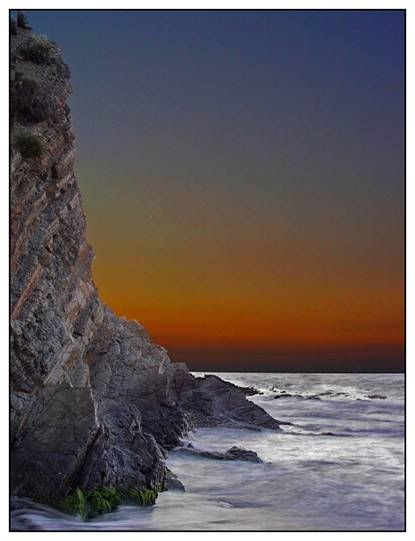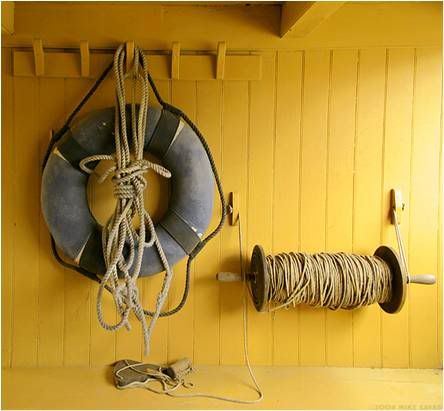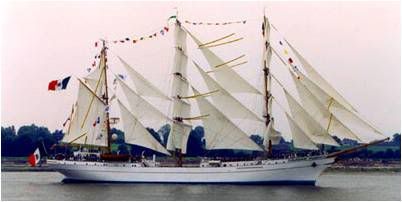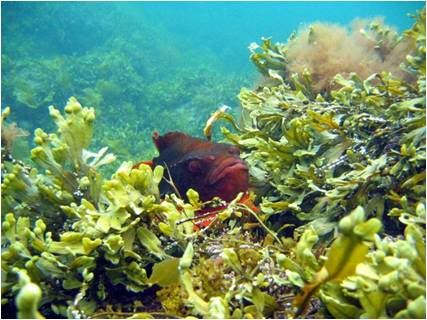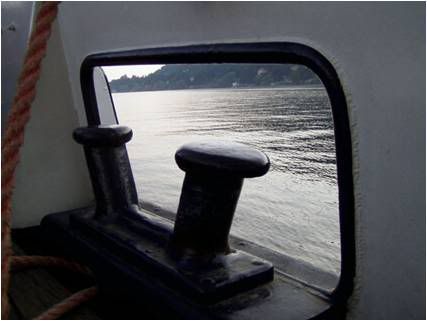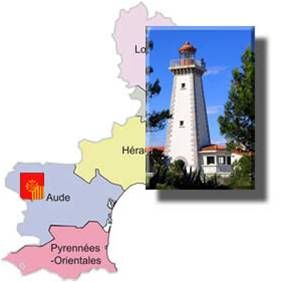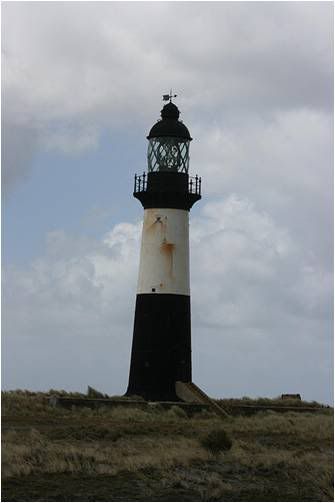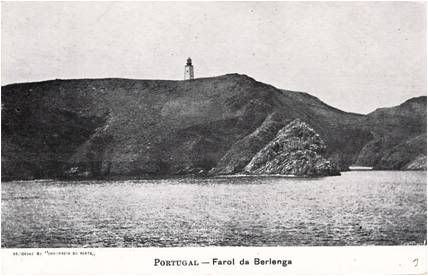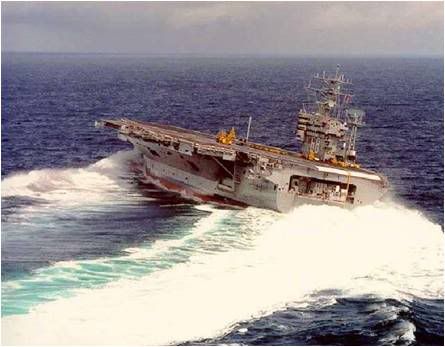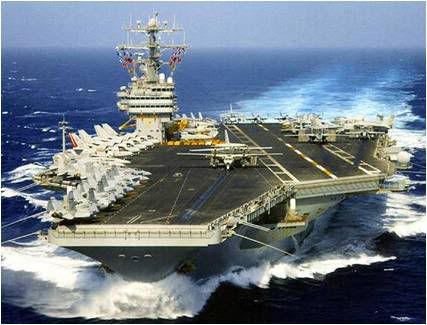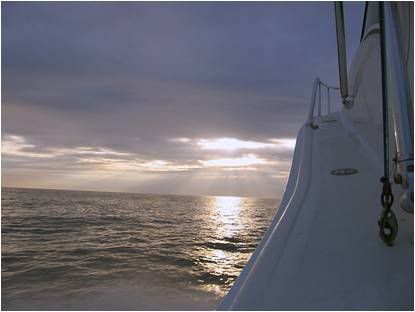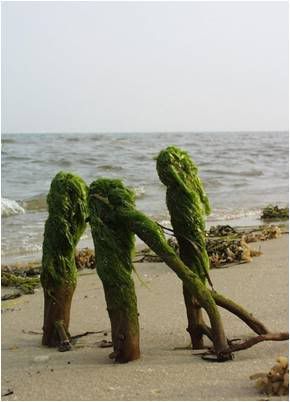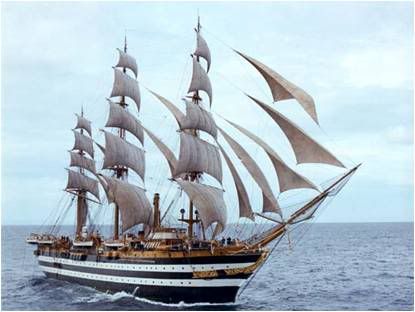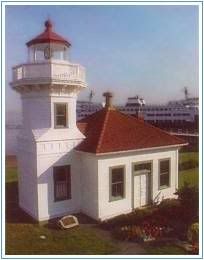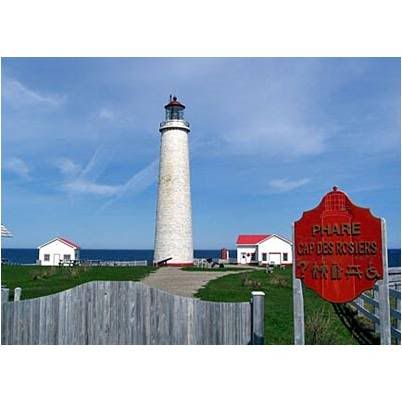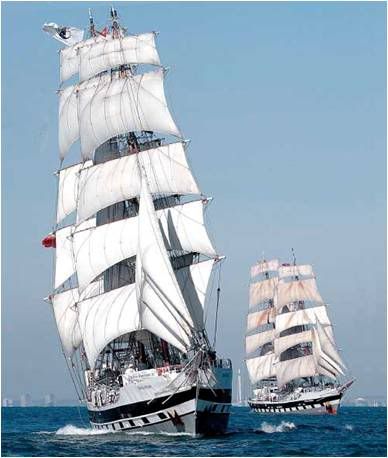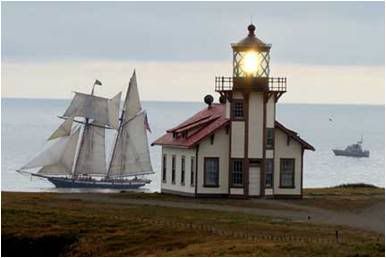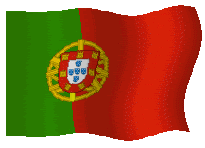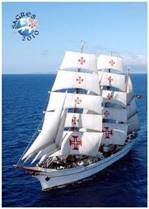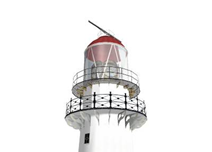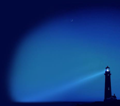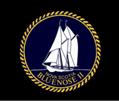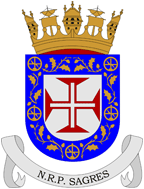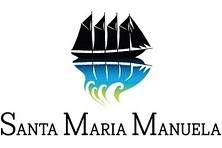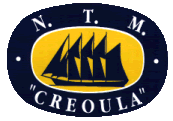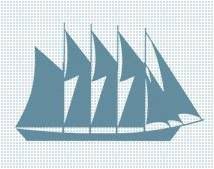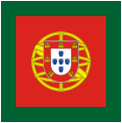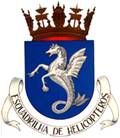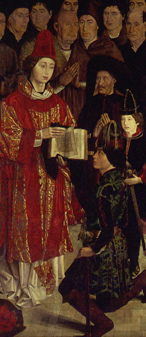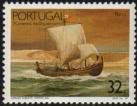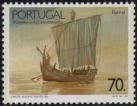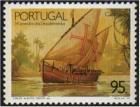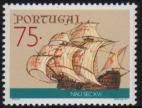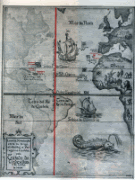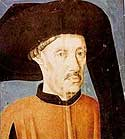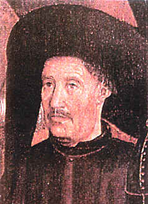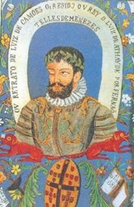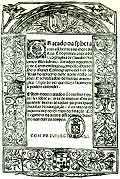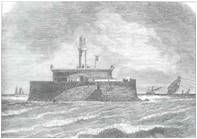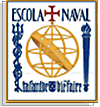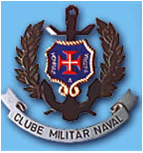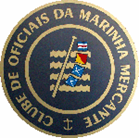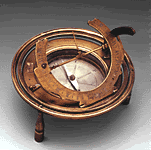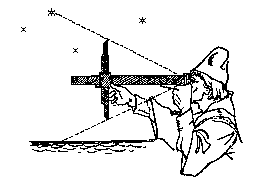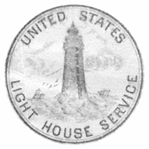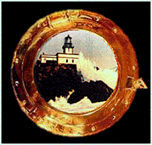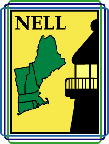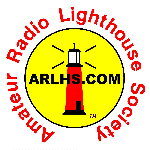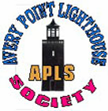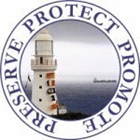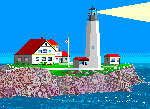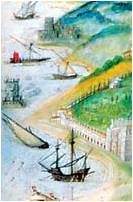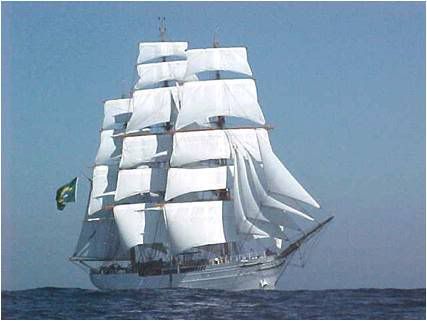 Navio Veleiro "CISNE BRANCO" é um veleiro de grande porte (Tall Ship) pertencente à Marinha
Navio Veleiro "CISNE BRANCO" é um veleiro de grande porte (Tall Ship) pertencente à Marinha
do Brasil. Foi construído em Amsterdã, Holanda, pelo Estaleiro Damen. Teve sua quilha batida em 09 de novembro de 1998, tendo sido lançado ao mar e batizado em 04 de agosto de 1999,
entregue à Marinha do Brasil em 04 de fevereiro de 2000 e incorporado a Armada em 09 de março de 2000.
Realizou sua viagem inaugural, a travessia comemorativa dos “500 anos de Descobrimento do
Brasil”, cruzando o Atlântico da mesma forma que o fez Pedro Alvares Cabral em 1500. O projeto
do "CISNE BRANCO" inspira-se nos desenhos dos últimos "Clippers" construídos no final do século XIX. O “Cisne Branco” tem um navio irmão, chamado “Stad Amsterdam”, de bandeira holandesa, lançado ao mar no ano 2000.
A construção do navio ocorreu em tempo recorde, um ano e três meses e teve, como principal propósito, permitir ao Brasil participar com um navio de propulsão à vela, da histórica travessia comemorativa dos 500 anos de seu descobrimento. O navio tem como principais tarefas ser empregado em atividades de representação, nacionais e internacionais, bem como contribuir para a melhor formação marinheira, dos futuros oficiais e praças da Marinha do Brasil.
O nome do navio decorre de um verso da música “Cisne Branco”, abaixo descrito, canção símbolo da Marinha do Brasil, sendo chamada de “Canção do Marinheiro”. Vale a pena citar que a palavra Cisne, na simbologia heráldica, significa feliz travessia e bom augúrio.
O “Cisne Branco” é o terceiro navio da Marinha do Brasil a ostentar esse nome. O primeiro foi um veleiro de 79 pés de comprimento, construído em madeira; possuía dois mastros e era tripulado com 20 homens; realizou apenas uma viagem de instrução com Guardas-Marinha, no ano de 1979. O segundo navio a ostentar o nome, foi um veleiro de 83 pés de comprimento, com mastro e casco construídos em alumínio. Este veleiro substituiu o primeiro e realizou viagens de instrução com Guardas-marinha, nos anos de 1980 à 1986, quando passou à Escola Naval, para servir como veleiro de instrução, até o seu descomissionamento no ano seguinte.
Comprimento total: 76,00m
Boca (largura): 10,50m
Calado: 4,80m
Deslocamento: 1038 ton
Altura do mastro grande: 46,40m
Armação: Galera
Área Vélica (máxima): 2195 m²
Velas Redondas: 15
Velas Latinas: 10
Velas Auxiliares: 6
Vela de mau tempo: 1
Velocidade máxima a vela: 17,5 nós (milhas/hora)
Propulsão Auxiliar: 1 motor Dísiel 1001 hp a 1800 rpm
Velocidade máxima a motor: 11 nós (milhas/hora)
Comandante; Capitão-de-Mar-e-Guerra
Oficialidade: 9
Guarnição: 41
Tripulantes em treinamento: 31
Emprego - Representação e Instrução
Photo Text & Copyright Ministério da Defesa do Brasil
